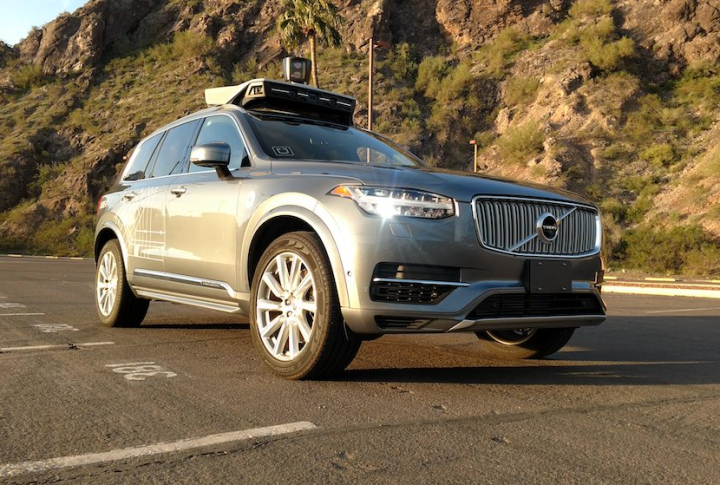
Following the run-in with the California authorities in December, Uber took its fleet of autonomous vehicle across to the Grand Canyon State to try them out there instead. Arizona governor Doug Ducey, who welcomed Uber with open arms, was the first to climb inside one of the company’s self-driving vehicles on Tuesday. He later thanked Uber for the “smooth ride.”
Thanks for the smooth ride, @Uber_AZ. Arizona is proud to be home to your autonomous vehicle fleet! pic.twitter.com/AFKci3zZ7R
— Doug Ducey (@dougducey) February 21, 2017
The experiment follows in the footsteps of Uber’s debut self-driving trial in Pittsburgh, which is ongoing. At this stage, the high-tech SUVs are going around with an Uber engineer inside to ensure the car doesn’t do anything daft like make a dangerous turn or run a red light.
Uber now has 16 self-driving Volvo XC90 vehicles trundling around the streets of Tempe, a city close to central Phoenix with a population of around 170,000.
Riders who are nervous about jumping inside one of the cars can use the app to opt out of the opportunity. Everyone else will be picked up by a driverless vehicle when availability permits, local media reported.
Warm welcome
Local officials have been working hard to attract tech firms to Phoenix and the surrounding area, and by all accounts their efforts are paying off.
The Arizona Department of Transportation, for one, has paved the way for the likes of Uber by keeping regulations to a minimum, a factor that led to the company’s departure from California.
“There are no special permits or licensing required [for driverless technology],” the department said recently. “In Arizona, autonomous vehicles have the same registration requirements as any other vehicle, and nothing in state law prevents testing autonomous vehicles.”
Uber’s failure to apply for the necessary permit in San Francisco in December led to it falling out with local regulators.
The company argued it didn’t need the $150 permit to operate its driverless cars because an on-board technician was always monitoring the vehicle’s behavior and was ready to intervene if there was an issue.
Companies like Tesla, General Motors, and Alphabet already have the permit, leading some to claim that Uber was reluctant to comply with the rules because it’d have to disclose every accident and notify officials every time a car’s autonomous mode was switched off.
The spat ended with California officials revoking the registration of Uber’s self-driving cars, leading the company to take its pilot program to Arizona.
Editors' Recommendations
- Tesla Autopilot vs. full self-driving: What’s the difference?
- Beleaguered robotaxi startup Cruise lays off quarter of workforce
- Cruise’s robotaxi service suspended by California regulator
- Waymo expands robotaxi service area in San Francisco
- Cruise autonomous vehicle drives over woman just after she was hit by another car

